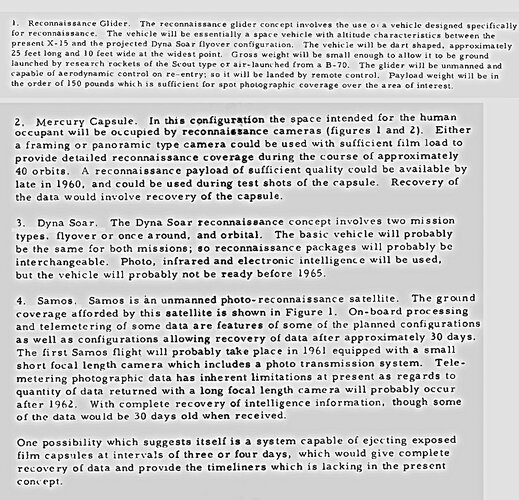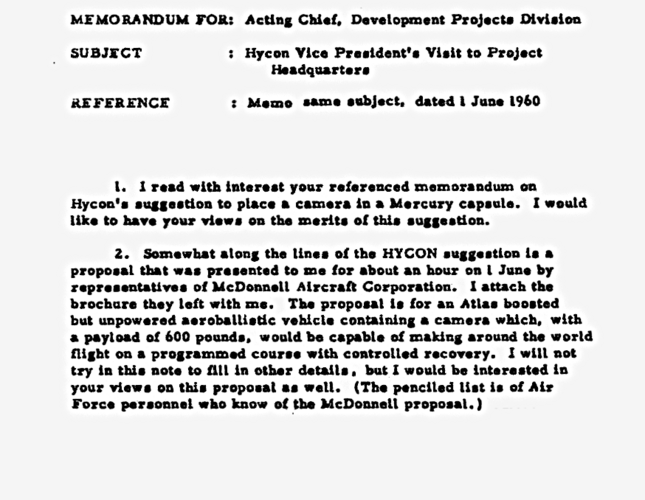I still just can't believe they picked a BS-100 turbojet just to get the Harrier-like swivelling nozzles... and engine exhausts on the rear flanks.
To make room for the big XLR-129 engine bell on the rear.
In passing: STOL rocketplane to (near) orbit... ! Never thought a Harrier could marry a X-15, but that peculiar ISINGLASS design more or less did that.
Also, some of the F-155T designs (and a lot of other jet-rocket hybrids) had severe structural / vibration / acoustic issues because of the rocket in the tail. Those things are extremely noisy (150 dB or more !).
To make room for the big XLR-129 engine bell on the rear.
In passing: STOL rocketplane to (near) orbit... ! Never thought a Harrier could marry a X-15, but that peculiar ISINGLASS design more or less did that.
Good idea, but jet engines are heavy, and rocketplanes hate any weight, mass fraction is all important to them: 0.80 to 0.95 - or die suborbital.If they were concerned about the bifurcated exhaust to miss the rocket, they might have just used twin engines with the rocket in between?
Also, some of the F-155T designs (and a lot of other jet-rocket hybrids) had severe structural / vibration / acoustic issues because of the rocket in the tail. Those things are extremely noisy (150 dB or more !).






















